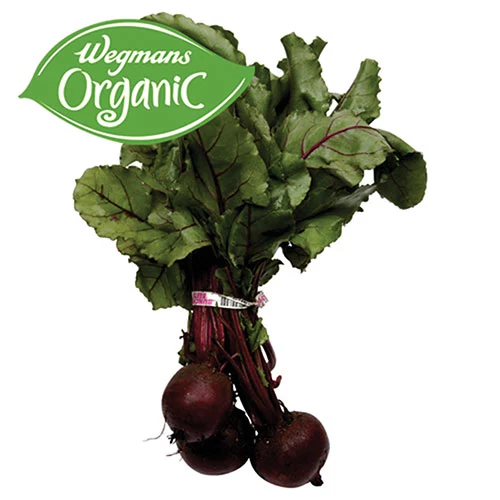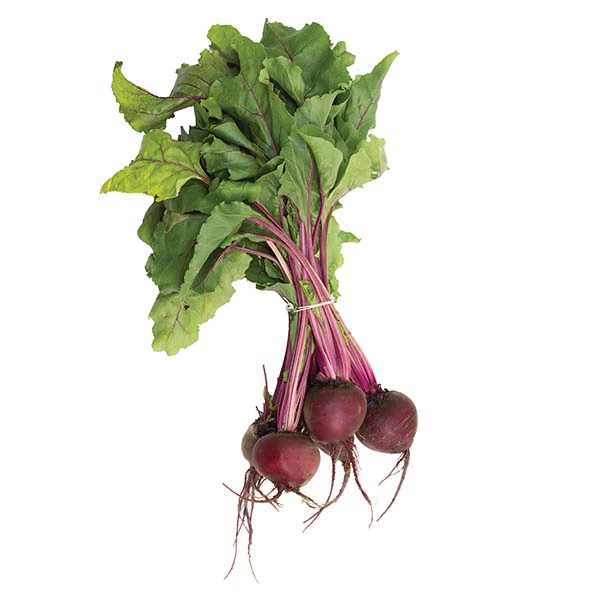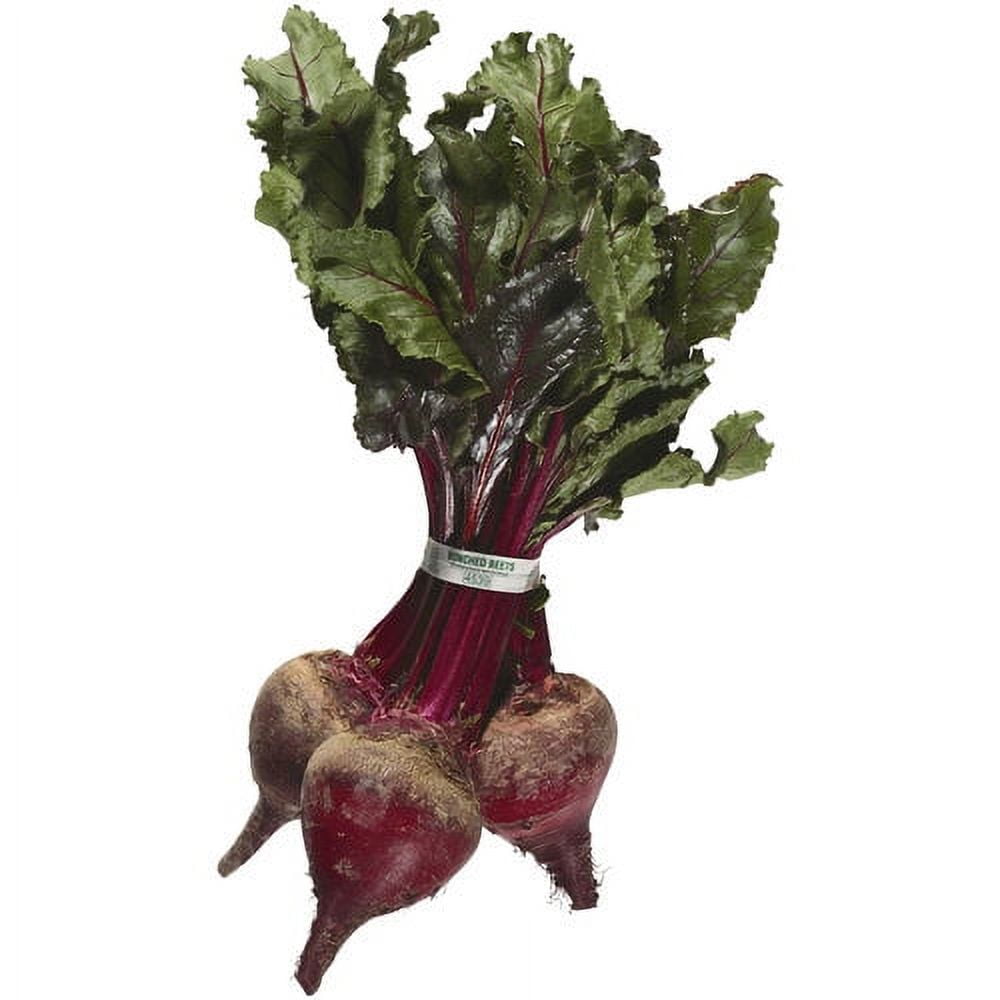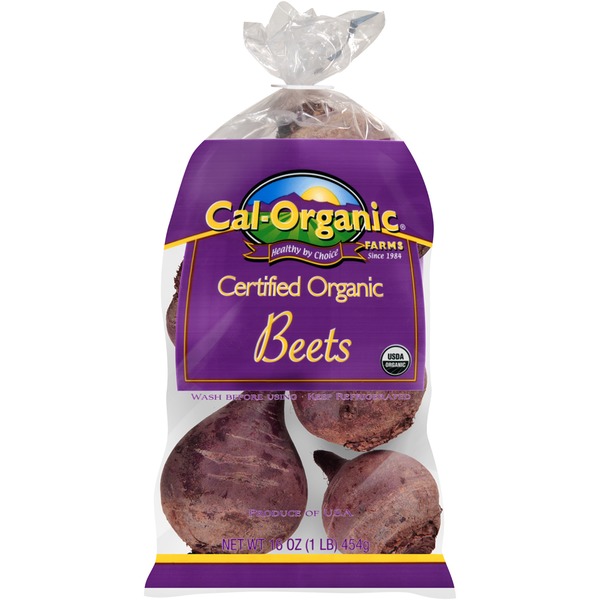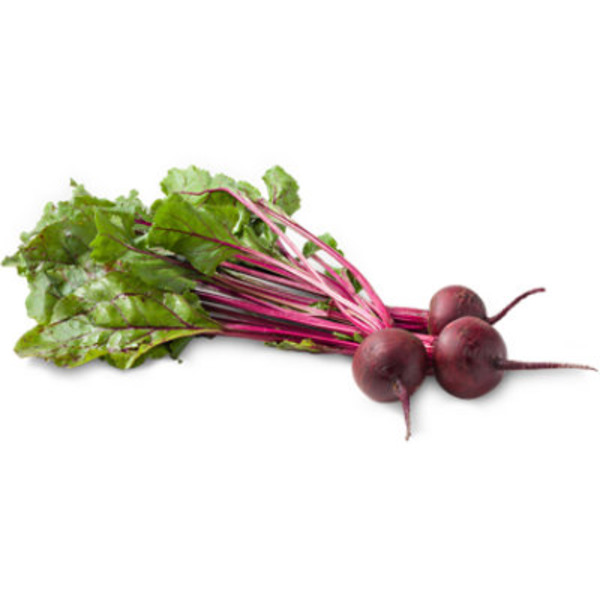SALADS
SIDE DISHES
SOUPS
Beet
Beets, also known as beetroot, are a root vegetable that provides numerous health benefits and are commonly used as both a food and natural coloring source. They originate in the Mediterranean and are cultivated worldwide. Beets have a sweet, earthy flavor and can be used raw in salads, cooked in a variety of dishes such as soups or roasts, or fermented to make dishes like beet kvass or to flavor pickles.
From a nutritional standpoint, beets are a great source of essential nutrients like vitamins A, B, and C, potassium, manganese, and dietary fiber. The high nitrate content in beets is known to help reduce blood pressure and improve circulation, while their vibrant pigmentation comes from a group of antioxidants called betalains, which possess powerful anti-inflammatory and detoxification properties.
84%
CARBS
1%
FAT
14%
PROTEIN
1,073 Beet Products
Used In 66 Recipes
4
Sweet and Savory Maple-Glazed Roasted Root Vegetables
2
Garlic and Herb Roasted Beets
4
Hearty Family Borscht
5
Harvest Crisp Buddha Bowls with Blissful Tahini Dressing
2
Savory Skirt Steak with Roasted Beets & Swiss Chard
4
Vibrant Beetroot Bean Fiesta Tacos
4
Vibrant Roasted Beet, Quinoa & Carrot Salad
5
HeartBeet Bean Tacos
Beet Is Frequently Used With
Beet FAQ
Often, people are overwhelmed by the prospect of incorporating beets into their sights, mainly due to their intense color that stains and the strong, earthy flavor they can impart to dishes. The most common mistake is not handling beets properly during preparation and cooking - leading to loss of nutrients and flavor. Another classic mistake is to overcook beets, losing their texture and sweetness. They can be prepared in several ways such as roasting, boiling, grilling, or even consuming raw in salads, juices, or smoothies. When selecting beets, look for firm, small to medium-sized beets with bright and blemish-free skin. The leaves should be bright and fresh-looking as well.
One way to get the most from beets is to combine them with foods high in vitamin C, which can increase your body's absorption of the iron in beets. Never peel beets before cooking as the skin helps to retain as much of their color and nutrients as possible. You can also include the leafy green tops in your diet, which are similar to spinach and are delicious sautéed or added to soups and stews.
A little-known fact about beets is that their greens are among the healthiest part of the plant. So instead of discarding them, utilize in your salads or stir-fries. Also, using a balsamic glaze or adding citrus juice can help to bring down the earthy taste of beets that some may find overpowering.
How to peel beets without staining hands?
Do I need to peel beets before roasting?
Why are my roasted beets bitter?
Can you eat raw beets in a salad?
Can I eat beet greens?
How to neutralize the earthy taste of beetroot?
Is beetroot good for anemia?
Do the nutritional benefits of beets decrease when cooked?
How can I eliminate the red beet stains on my cutting board?
What tastes good with beets?
Expiration & Storage Tips
When does beet expire?
Fresh beets can last about 2-4 weeks in the fridge. They will last longer if the greens are removed, since they pull moisture from the root. Once cooked, beets need to be used within about 3-7 days. A jar of canned or pickled beets will last unopened in the pantry for 1-2 years, however, once the jar is opened it should be store in the fridge and used within a month. Frozen beets can last 10-12 months in the freezer.
How do you tell if beet is bad?
Fresh beets that have gone bad are easy to identify. They will become soft and slimy, the skin may start to wrinkle, and they will develop a strong, off smell. Cooked beets may also become slimy and smell off when they go bad. Canned or pickled beets that have been opened and are spoiled may have mold or an off smell. In the case of any beet product, if you are in doubt, it is best to throw it out.
Tips for storing beet to extend shelf life
• Always store fresh beets in the fridge. Remove the greens if they are still attached to extend the shelf life of the beetroot. The greens should be used within a few days.
• Cooked beets can be thinly sliced or chopped and stored in an airtight container in the fridge for up to a week.
• Pickled or canned beets should be stored in a cool, pantry. Once opened, they should be kept in their brine in a glass or plastic container in the fridge and consumed within a month.
• Fresh beets can be peeled, sliced, blanched, and then frozen for future use. Keep the frozen beets in an airtight container or freezer bag to prevent freezer burn.
EXPIRES WITHIN
3 - 6
WEEKS
Health Info
Macros
14g
CARBS
0g
FAT
2g
PROTEIN
Allowed on these diets
LOW FAT
HIGH CALCIUM
VEGETARIAN
KETO
PALEO
WHOLE 30
MEDITERRANEAN
LOW CARB
VEGAN
LACTOSE FREE
GLUTEN FREE

